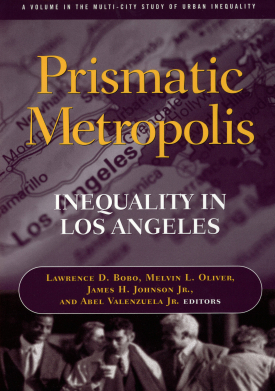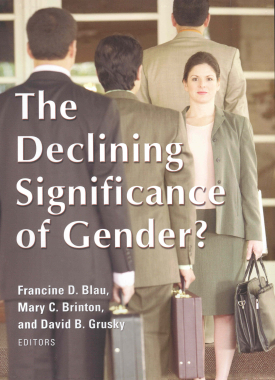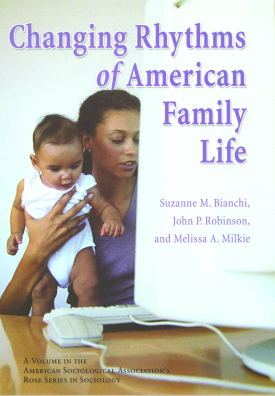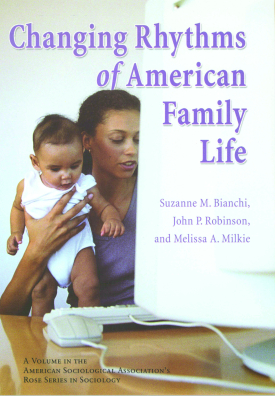
Prismatic Metropolis
About This Book
This book cuts through the powerful mythology surrounding Los Angeles to reveal the causes of inequality in a city that has weathered rapid population change, economic restructuring, and fractious ethnic relations. The sources of disadvantage and the means of getting ahead differ greatly among the city's myriad ethnic groups. The demand for unskilled labor is stronger here than in other cities, allowing Los Angeles's large population of immigrant workers with little education to find work in light manufacturing and low-paid service jobs.
A less beneficial result of this trend is the increased marginalization of the city's low-skilled black workers, who do not enjoy the extended ethnic networks of many of the new immigrant groups and who must contend with persistent negative racial stereotypes.
Patterns of residential segregation are also more diffuse in Los Angeles, with many once-black neighborhoods now split evenly between blacks, Hispanics, Asians, and other minorities. Inequality in Los Angeles cannot be reduced to a simple black-white divide. Nonetheless, in this thoroughly multicultural city, race remains a crucial factor shaping economic fortunes.
LAWRENCE D. BOBO is professor of sociology and Afro-American studies at Harvard University.
MELVIN L. OLIVER is vice president of the Ford Foundation. He is responsible for overseeing the Asset Building and Community Development Program.
JAMES H. JOHNSON JR. is William Rand Kenan Jr. Distinguished Professor of Management, Sociology, and Public Policy and director of the Urban Investment Strategies Center in the Kenan Institute in the Kenan-Flager Business School at the University of North Carolina at Chapel Hill.
ABEL VALENZUELA JR. is assistant professor of urban planning and Chicana/o studies at the University of California, Los Angeles. He is also associate director of the Center for the Study of Urban Poverty, Institute for Social Science Research.
CONTRIBUTORS: Elisa Jayne Bienenstock, Camille Zubrinksi Charles, Walter C. Farrell Jr., Jennifer L. Glanville, Elizabeth Gonzalez, David M. Grant, Tarry Hum, Devon Johnson, Michael I. Lichter, Julie E. Press, Michael A. Stoll, Susan A. Suh, Jennifer A. Stoloff.
A Volume in the Multi-City Study of Urban Inequality



